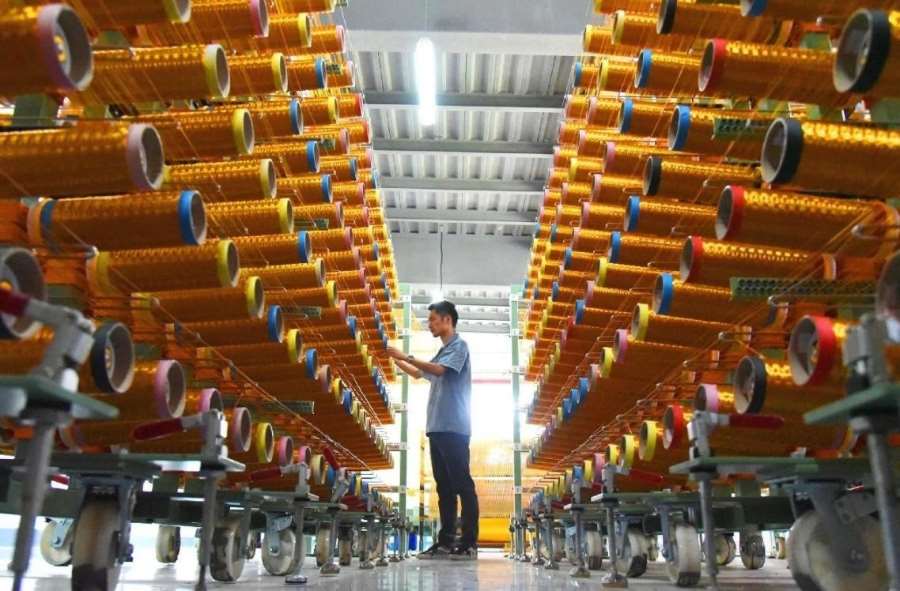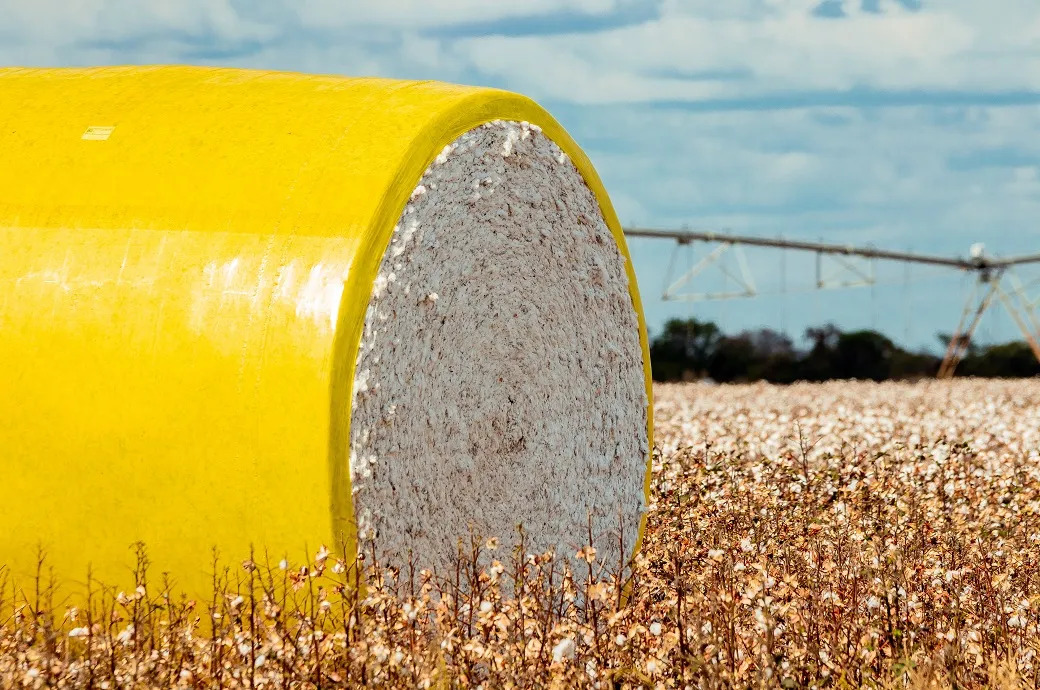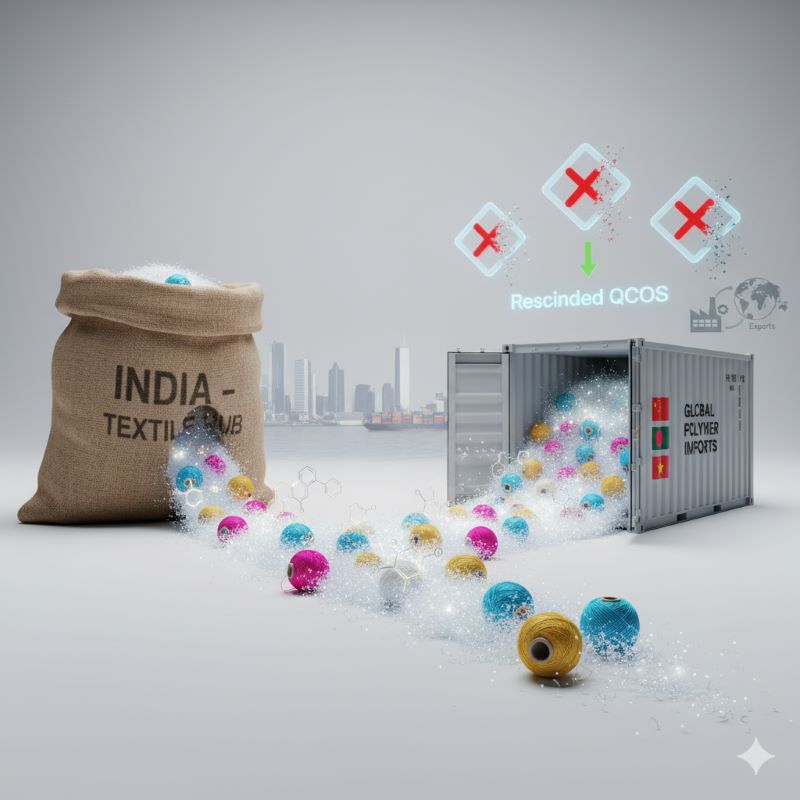
The synthetic fiber market in China is one of of stark contrasts. While polyester and nylon prices have navigated a volatile year with some resilience, spandex has plunged into a downward spiral, hitting record lows. This difference in prices reflects not only shifts in the Chinese market but also broader trends in global fiber consumption.
Changes in the domestic & export landscape
China, one of the most important player in the global textile industry, has seen a decline in spandex exports, mirroring the domestic price slump. Overcapacity, triggered by the industry's rapid expansion after the 2021 boom, has led to fierce competition and price wars. In contrast, polyester and nylon, with more moderated capacity growth, have maintained steadier prices and export volumes.
Table: Changes in China's fiber exports (year-on-year)
|
Fiber |
2023 (Jan-July) |
2024 (Jan-July) |
Change (%) |
|
Polyester |
10.5 million tons |
10.2 million tons |
-2.90% |
|
Nylon |
2.1 million tons |
2.3 million tons |
+9.5% |
|
Spandex |
0.45 million tons |
0.4 million tons |
-11.10% |
Source: China Customs
Global & Indian consumption trends
The global textile industry is witnessing a shift in fiber preferences. While demand for polyester and nylon remains relatively stable, fueled by sectors like sportswear and automotive, spandex is facing headwinds. The oversupply in China, coupled with growing environmental concerns about synthetic fibers, has dampened its appeal.
However, in India, the world's second-largest textile producer, the situation is nuanced. Polyester, being cost-effective, continues to dominate the market. However, there's a growing appetite for sustainable and performance-driven fibers like recycled polyester and nylon. Spandex, despite its price drop, faces challenges due to its limited applications and competition from natural fibers like cotton.
The trends in the Chinese fiber market have implications for India, a major consumer and producer of textiles.
First and foremost it creates opportunities for Indian manufacturers. Declining spandex prices in China could present opportunities for Indian manufacturers to procure this fiber at competitive rates. This could boost the production of spandex-based products in India, such as sportswear and athleisure wear.
The global shift towards sustainable and eco-friendly products is likely to impact fiber consumption patterns in India. Manufacturers may need to adapt and focus on producing sustainable fibers to cater to evolving consumer preferences.
The bottomline is, the slump in spandex signals a need for the industry to recalibrate. Consolidation, innovation in sustainable production, and diversification into high-value applications are key for its revival. Polyester and nylon, while currently stable, need to adapt to the evolving demands for eco-friendly alternatives. Meanwhile, Chinese market's dynamics will continue to influence the global textile landscape. Its efforts to balance supply and demand, coupled with its push towards sustainable practices, will shape the future of synthetic fibers. For India, striking a balance between affordability, sustainability, and performance will be crucial in navigating the changing fiber landscape.












